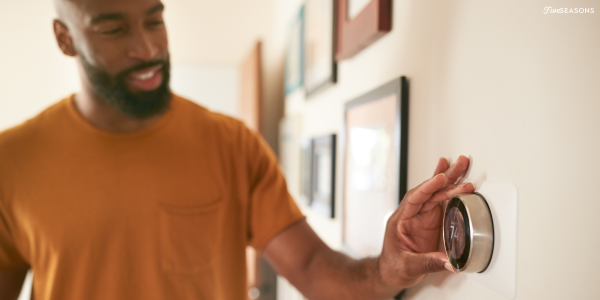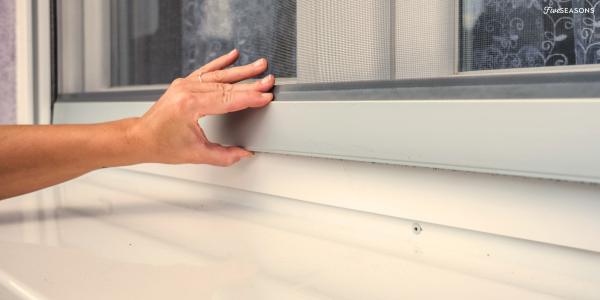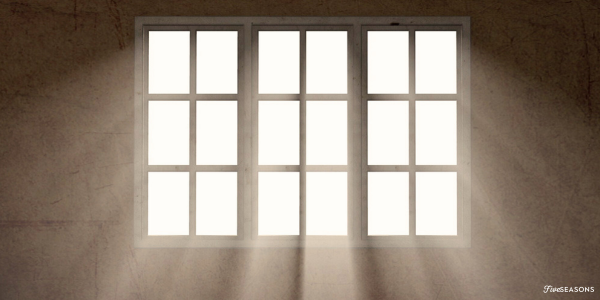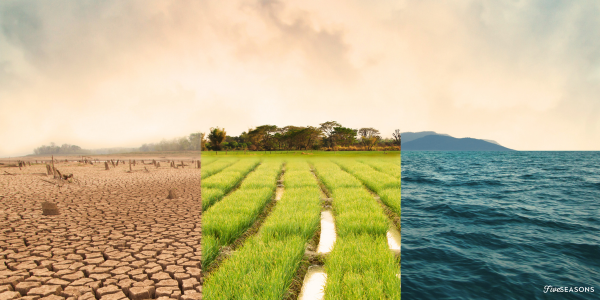Home Upgrades
As the vibrant hues of summer give way to the golden landscapes of fall, homeowners are presented with an ideal opportunity to prepare their abodes for the upcoming colder months. While cozy blankets and hot beverages might immediately come to mind, the significance of energy-efficient home upgrades cannot be overlooked. One key facet of such upgrades is the installation of new windows, which can have a profound impact on a home's energy efficiency and utility bills.

The Role of New Windows in Energy Efficiency
Windows act as a crucial interface between a home's interior and the external environment. During fall and winter, when temperature differentials become more pronounced, windows can significantly influence indoor comfort levels and energy consumption. Upgrading to energy-efficient windows can mitigate heat loss, reduce drafts, and maintain a consistent indoor temperature, thereby alleviating the strain on heating systems and reducing energy expenses.

Enhanced Insulation and Reduced Drafts
Traditional windows, particularly single-pane models, are notorious for their poor insulation properties. Energy-efficient windows, on the other hand, leverage innovative technologies and materials to provide superior insulation. Double-pane and triple-pane windows, for instance, feature multiple layers of glass with insulating gas fills that create a thermal barrier. This prevents heat from escaping and cold air from infiltrating, ensuring that indoor spaces remain comfortable without excessive reliance on heating appliances.
Moreover, the reduction of drafts is a significant advantage of energy-efficient windows. Drafts not only make rooms feel colder but also compel heating systems to work harder to maintain desired temperatures. By effectively sealing off these drafts, new windows contribute to a more comfortable living environment while also curbing energy wastage.

Technologically Advanced Window Options
The world of window technology has seen remarkable advancements in recent years, offering homeowners an array of choices to suit their energy efficiency needs. Low-emissivity (Low-E) coatings, for example, are thin layers applied to window glass to minimize heat transfer. These coatings allow sunlight to enter while preventing the escape of indoor heat, striking a balance between natural light and energy conservation.
Another innovative option is the use of gas fills between window panes. Argon and krypton gases are commonly utilized for their insulating properties, further enhancing a window's ability to retain heat and prevent heat exchange between indoors and outdoors.

Making Informed Decisions
When considering new windows for energy efficiency, homeowners should weigh various factors to make informed decisions. These factors include the climate of the region, the orientation of the windows, the U-factor (measure of heat transfer) of the windows, and the overall design aesthetic.
Return on Investment
As the fall season brings about cooler temperatures and an increased reliance on heating systems, the significance of energy-efficient home upgrades becomes evident. New windows stand out as a key player in this endeavor, enabling homeowners to improve insulation, reduce drafts, and ultimately lower utility bills. The availability of diverse window materials and advanced technologies empowers homeowners to select options that align with their unique requirements and preferences. By investing in energy-efficient windows, individuals not only enhance their homes' comfort and aesthetics but also contribute to a more sustainable and eco-friendly future.

